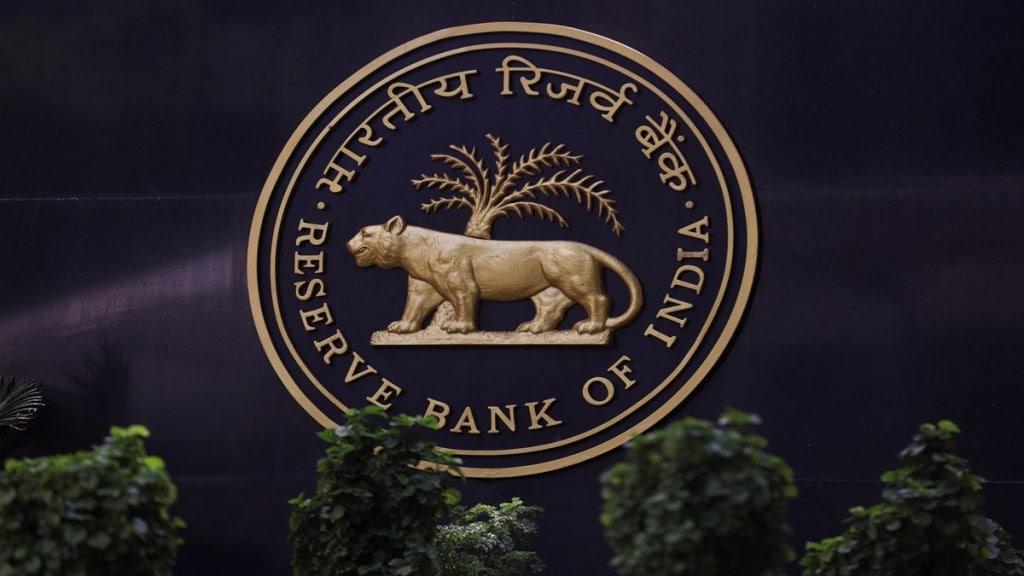Banks are expected to cut deposit rates after the Reserve Bank of India (RBI) shifted its monetary policy stance from ‘neutral’ to ‘accommodative’ and lowered its policy rate by 25 basis points. Experts say surplus liquidity will accelerate transmission of the rate cut and help reduce banks’ cost of funds.
“We will provide sufficient liquidity to the system so that this transmission of policy rate into interest rate happens quickly,” governor Sanjay Malhotra told reporters during the post-policy conference, adding that the RBI aims to maintain liquidity surplus at about 1% of net deposits.
The RBI had earlier cut the repo rate by 25 bps in February, but it was not passed on by banks to customers due to tight liquidity conditions.
“Banks could not pass on the RBI’s repo rate cut to borrowers in February due to a significant liquidity deficit. With liquidity now moving into surplus and the governor saying that the RBI is comfortable with a surplus of up to 1% of NDTL (net demand and time liabilities), the conditions are now favourable for banks to reduce rates,” said executive director of a public sector bank. “We could start seeing deposit rate cuts from this month.”
Amid high liquidity deficit, banks were struggling to raise funds and stayed away from cutting deposit rates. Banks faced high liquidity deficit in January, February and March due to RBI’s intervention to defend the rupee and tax-related outflows.
“We expect monetary policy transmission of the 50-bps rate cuts provided since February to money market rates, and deposit rates to start improving as liquidity conditions remain comfortable,” said Sakshi Gupta, principal economist, HDFC Bank. She expects liquidity conditions to average in surplus over the coming quarter, even though some days could see a deficit due to factors like tax outflows, etc, as currency in circulation moderates, government spending increases and the RBI dividend payout provides support.
Liquidity conditions have improved after RBI’s infused nearly Rs 7 lakh crore in the past three months. Banking sector liquidity was at a surplus of Rs 1.5 lakh crore on April 7, compared with a deficit of Rs 1.3 lakh crore on March 27.
“While there were no explicit liquidity announcements on Wednesday, recent measures have underscored the preference to keep the balance in surplus, thereby keeping the banking system well-oiled and easing policy transmission,” said Radhika Rao, senior economist and executive director, DBS Bank.
Call rates have significantly eased for the week ended April 4, as banking system balance stayed in surplus consistently for the first time in the past four months. The April-June quarter is also expected to benefit from a significant RBI dividend payout, estimated to be north of Rs 2 lakh crore.
“With an accommodative stance, markets now are certain than the only way forward for rates is downwards. Transmission will also improve supported by the liquidity and the fact that share of EBLR (external benchmarks lending rate) loans have now increased to more than 60%, prompting faster pass through of repo declines to end-user loan rates,” said Debopam Chaudhuri, chief economist, Piramal Group.


